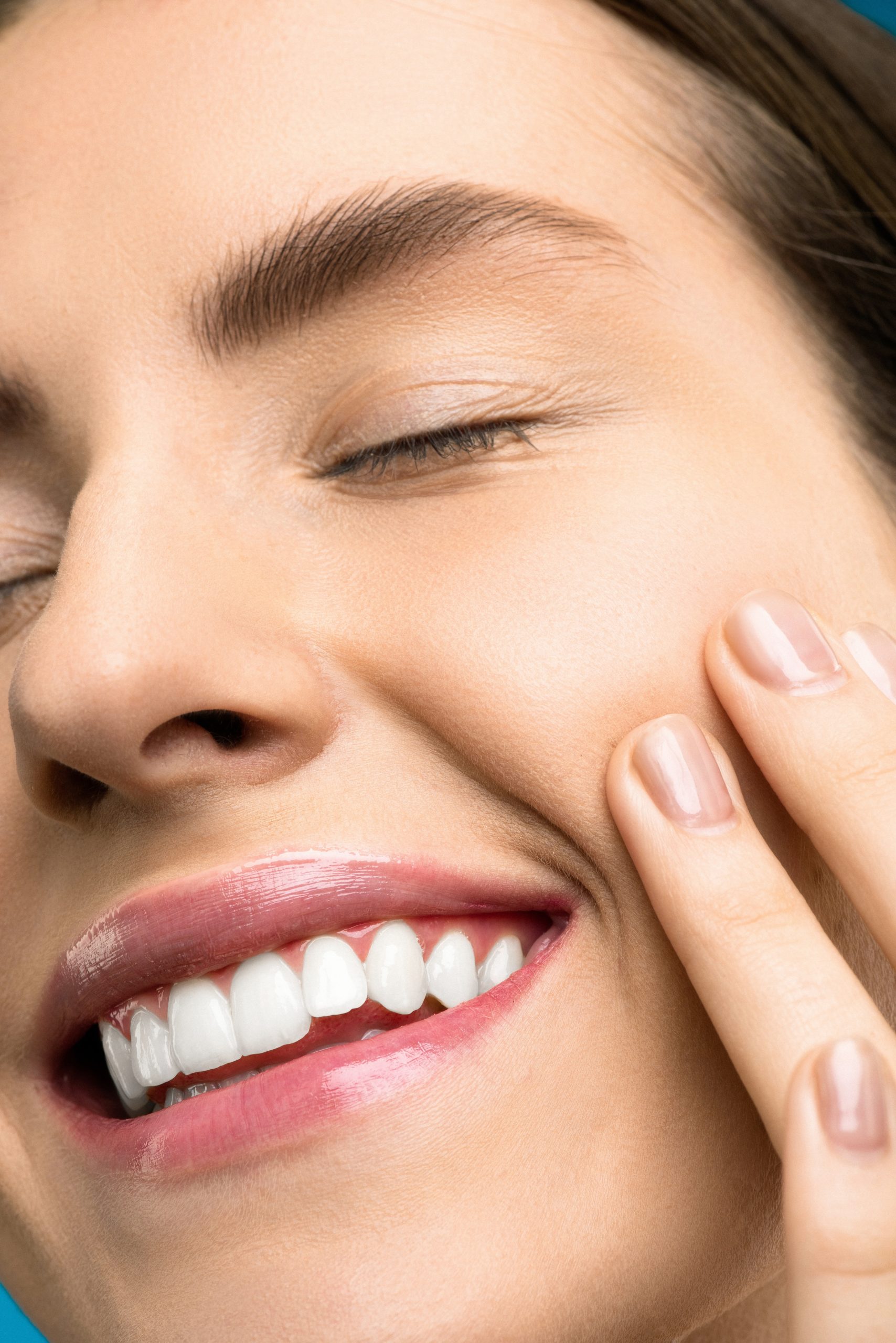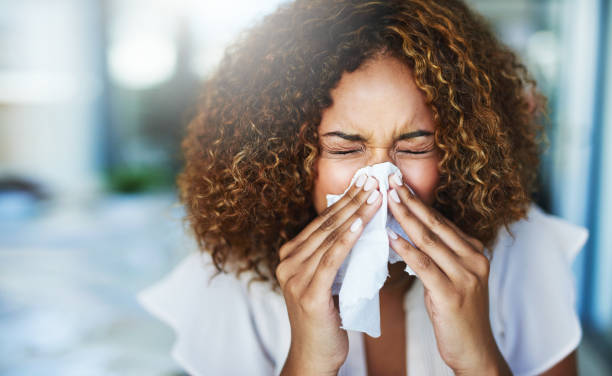What are Facial Tics and How Can You Reduce them
Facial tics can affect anyone at any age. They can be triggered by stress, anxiety, or boredom, but they're more likely to affect children and adolescents. The most common facial tic is called a facial grimace. This involves a sudden contraction of the muscles around your eyes and mouth that causes your face to change shape temporarily. Facial grimacing can last from a few seconds to a minute or longer. Other types of facial tics include eye blinking, head jerking, shoulder shrugging, and lip licking or biting.
Facial tics are usually harmless but they can become annoying and distracting for those who suffer from them. It is also important to understand that tics can occur on their own or as part of a larger disorder, such as obsessive-compulsive disorder (OCD), attention deficit hyperactivity disorder (ADHD), cerebral palsy and other conditions. But you don’t have to worry because there are things you can do to reduce them and these will be discussed below.
1. Neurological treatments
The neurological treatments for facial tics include deep brain stimulation and vagus nerve stimulation.
Deep brain stimulation is the most common type of deep brain stimulation involving surgically implanting electrodes into the thalamus or basal ganglia, areas deep inside the brain that are involved in movement control. The electrodes are connected to a battery-powered electrical stimulator under the skin on your chest or neck. When you press a button on a handheld controller, the stimulator sends electrical impulses to your brain, which blocks the abnormal nerve signals that cause your tics.
Vagus nerve stimulation on the other hand involves placing an electrode near your vagus nerve (a large nerve connecting your brain to various organs) in your neck. The device sends regular bursts of electrical pulses to stimulate your vagus nerve and change its activity levels. This reduces abnormal signals and helps control movement problems caused by Tourette syndrome.
However it is important to note that these treatments are effective in reducing the severity of tics, but they may not be able to cure them entirely.
2. Antipsychotic medications
Antipsychotic medications can help reduce tic symptoms. Antipsychotic medications include haloperidol (Haldol®) and pimozide (Orap®). These drugs have been used for many years to treat tics in children and adults. The antipsychotics are thought to work by suppressing dopamine activity in the brain.
The antipsychotic medications are not always effective for treating tics, and their side effects can be unpleasant. They may also cause drowsiness or other problems that make it difficult for patients to function normally. Thus, these drugs are usually used only when other treatments have failed, or as a temporary treatment while waiting for another therapy to take effect.
3. Avoid caffeine and nicotine products
Caffeine is one of the most commonly consumed drugs in the world. It is found in many foods and beverages, as well as medications like headache pills and diet pills. Caffeine can have a number of effects on the body, including increased heart rate, increased blood pressure and increased production of dopamine in the brain. Caffeine also affects many different brain chemicals that play a role in movement control. This may explain why some people experience worsening symptoms when they consume caffeine or other stimulants such as nicotine or amphetamines.
Smoking cigarettes can also make facial tics worse because smoking reduces oxygen flow to the brain. In addition, nicotine increases dopamine levels in the brain, which may contribute to worsening of facial tics most especially for people with Tourette Syndrome. With this, avoiding substances that trigger facial tics may help prevent them from occurring. Monitor your caffeine intake and try your very best to avoid cigarettes.
4. Attend stress reduction programs
Stress can cause tension and facial tics. Stress reduction programs can help you reduce facial tics by teaching you how to relax and focus your attention on something other than the source of your stress.
The most common stress reduction technique is deep breathing. By breathing deeply, you're actually increasing the amount of oxygen in your bloodstream. This helps increase the flow of blood throughout your body, including to your face, which reduces tension.
Another common stress reduction technique is progressive muscle relaxation, which involves tensing and relaxing different groups of muscles repeatedly to help release physical tension.
Mindfulness-based stress reduction (MBSR) is another program that teaches participants how to become aware of their emotions and thoughts without judging them or reacting negatively. Participants also learn how to accept their emotions and thoughts without letting them control their actions or reactions. The program encourages participants to make healthier choices by teaching them how to respond effectively instead of reacting impulsively.
There are many stress reduction programs, you can choose among these. The important thing to remember is reducing stress can help prevent tics from worsening, but it's also important to learn how to manage your stress in the moment. Taking steps now can help you reduce the impact of your tics and improve your quality of life.
5. Botulinum toxin
Botulinum toxin is a neurotoxin produced by the bacterium Clostridium botulinum. It acts by blocking nerve impulses to the muscles, temporarily paralysing them.
Botulinum toxin is used in medicine to treat muscle spasms, migraine and excessive sweating. It is also used cosmetically to reduce facial tics. It works by blocking nerve impulses to the muscles through an action called competitive inhibition of acetylcholine release at the neuromuscular junction (NMJ). It inhibits neurotransmitter release by binding to presynaptic receptors on motor end plates, preventing neurotransmitters from stimulating muscle contraction.
The muscle remains relaxed for several months after injection, but gradually recovers its ability to contract when the drug wears off.
6. Treat underlying conditions
Facial tics are often accompanied by other symptoms. The most common associated conditions with tics are Autism spectrum disorder (ASD) — A developmental disorder that can cause behavioral problems and difficulties with communication, social interaction and reading or writing. It's estimated that 50% of people with ASD also have tics.
Attention deficit hyperactivity disorder (ADHD) which is also known as attention deficit disorder, ADHD is a mental health condition that causes a person to have trouble paying attention, controlling behavior, sitting still and focusing on tasks. About half of people who have ADHD also have tics.
Moroever, Tourette syndrome which is aneurological disorder characterized by sudden movements or sounds called tics that occur repeatedly. Tics can range from simple muscle twitches to complex behaviors like touching something repeatedly or making sounds like “huh” and “uh-oh.” The exact cause of Tourette syndrome isn't known, but it seems likely that it involves abnormalities in the brain's neurotransmitters — chemicals that help nerve cells communicate with each other.
There are many conditions that cause tics thus it is important to address them. So that, it can help you or other people experiencing tics reduce them.
7. Behavioral therapy
Behavioral therapy, in which a patient learns to recognize and control tics, is generally effective for treating tic disorders. Behavioral therapy can also be used to help patients cope with the stress of living with Tourette syndrome or chronic motor or vocal tics.
Behavioral therapy is based on the idea that tics are learned behaviors that can be unlearned through practice. The aim of behavioral therapy is to help patients recognize their tics and then develop strategies for managing them when they occur. Behavioral therapy may involve something as simple as learning how to breathe while doing repetitive movements such as touching the face or blinking, so these actions won't trigger more noticeable tics.
There are several things you can do to reduce facial tics. While you will probably never be able to eliminate facial tics completely, with treatment and self-care you can reduce the frequency and severity of your tics enough to improve your everyday life.
For more helpful and informative insights, visit here.





